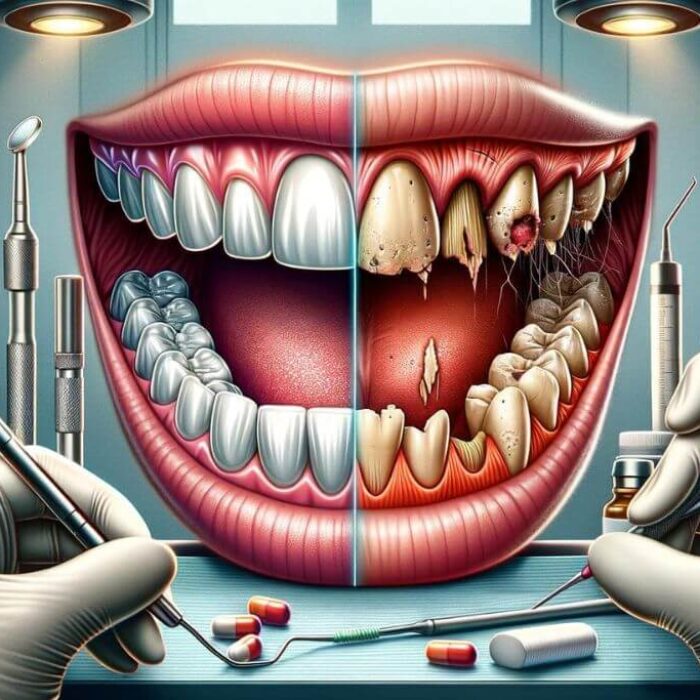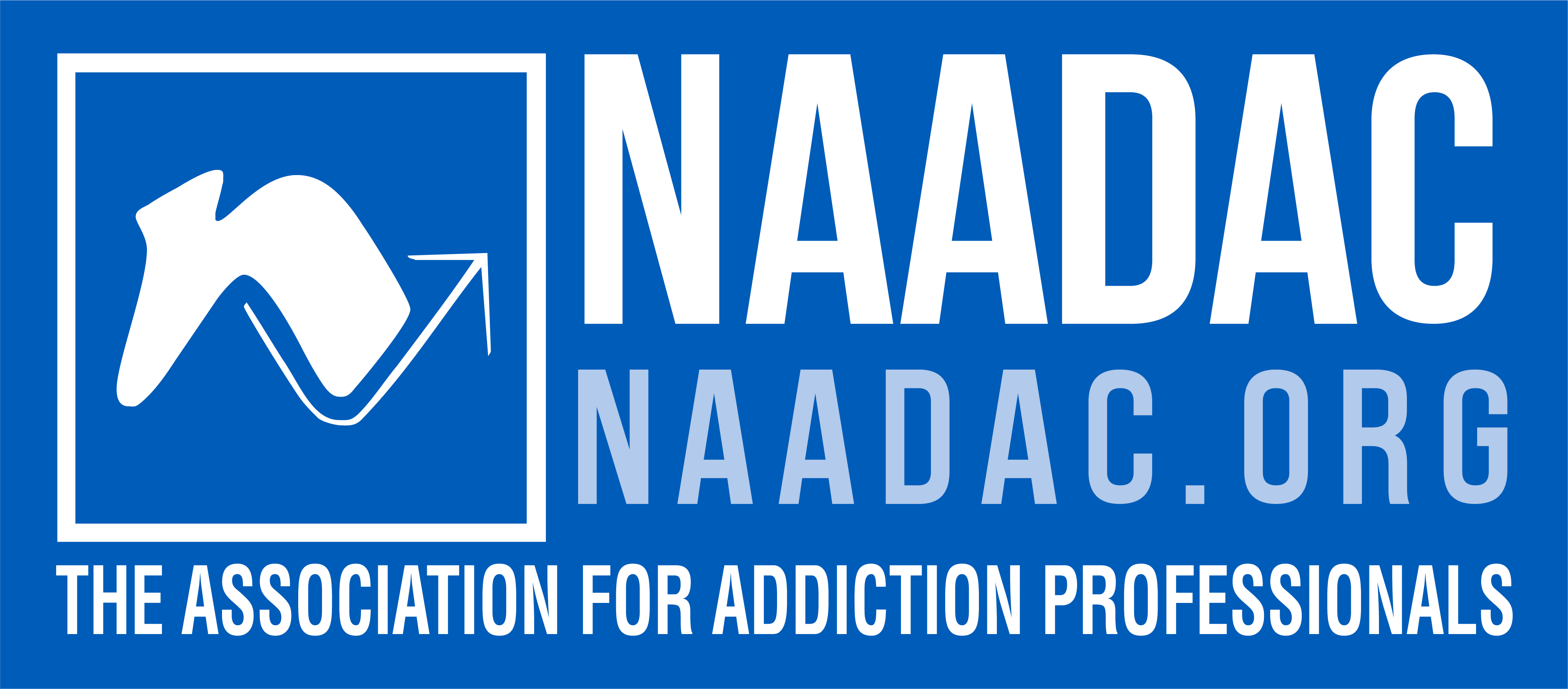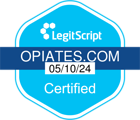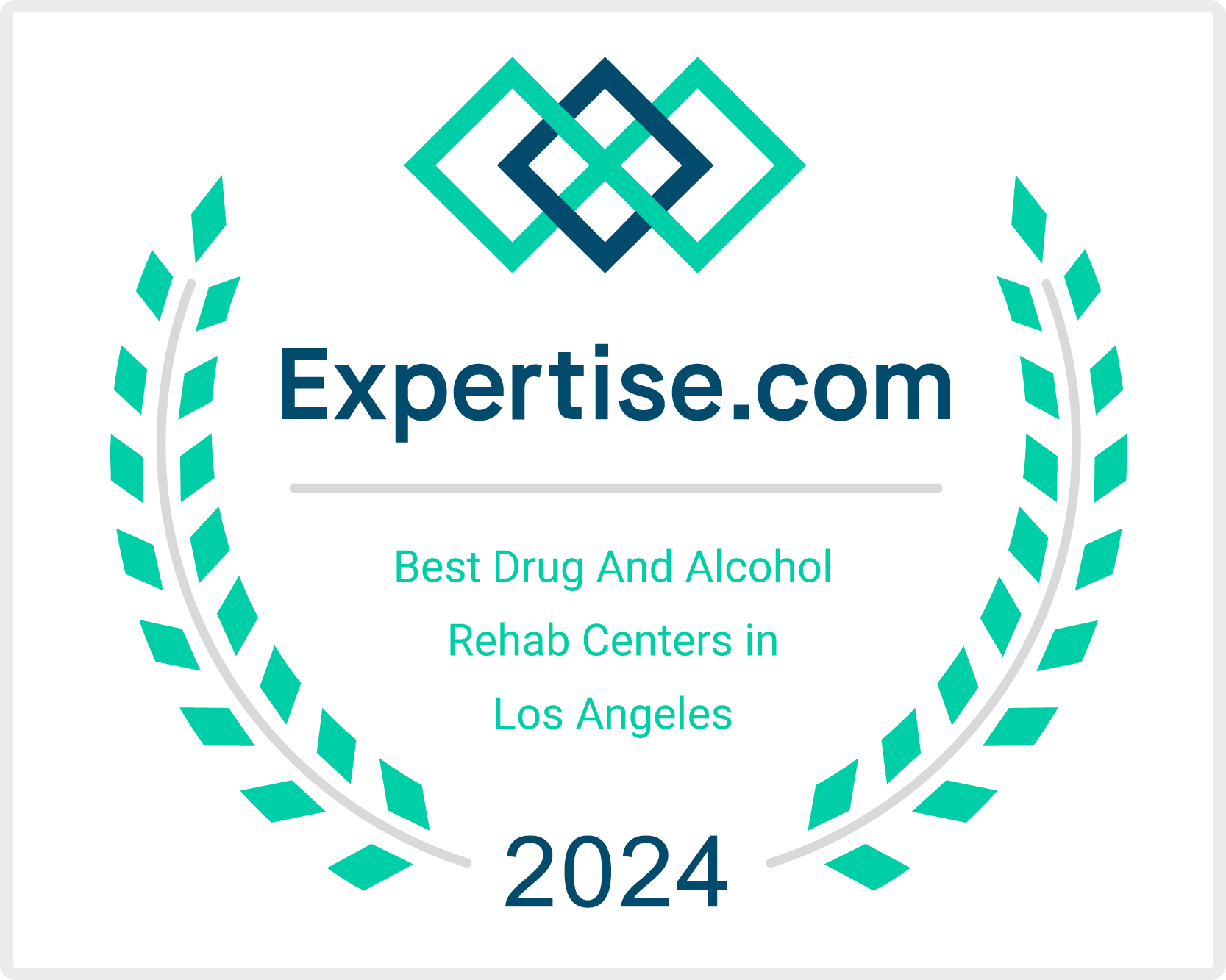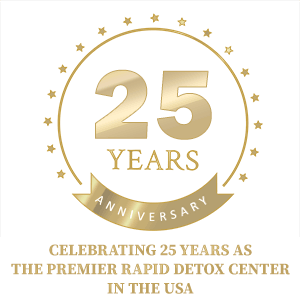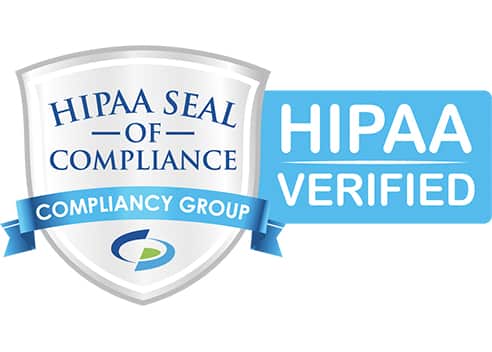Safely withdrawing from opioids demands a meticulously planned approach, often under the guidance of a healthcare professional. One common method is creating a tapering schedule, which involves gradually decreasing your opioid dosage to minimize withdrawal symptoms and lower the chance of severe side effects. In certain cases, doctors may also recommend specific medications to ease these symptoms, facilitating a smoother withdrawal.
However, for those seeking more rapid detoxification options, advanced medical procedures such as the Waismann Method of Medical Detox in a hospital setting, and rapid detox, offer effective alternatives. Waismann Method, a renowned medical detoxification process, is conducted in an accredited hospital where patients undergo a thorough evaluation and detoxification under medical supervision. This method significantly reduces the discomfort and risks associated with opioid withdrawal, providing a safer and more comfortable experience.
Rapid opioid detoxification accelerates the withdrawal process through the administration of medications that expedite the removal of opioids from the body, under sedation or anesthesia. This approach aims to minimize the patient’s awareness of withdrawal symptoms, offering a quicker transition period from dependence to recovery.
Quitting Painkillers: Navigating Your Path to Recovery
Embarking on the journey of quitting painkillers or getting off painkillers is a significant step towards regaining control over one’s health and life. Understanding the complex interaction between opioids and the body, exploring diverse pain management alternatives, and addressing the multifaceted nature of withdrawal are foundational elements that can significantly enhance this transformative path. These insights empower individuals with the knowledge and strategies necessary to navigate the challenges of dependency with informed confidence and resilience.
The decision to quit painkillers, backed by a commitment to a medically supervised plan, is more than a physical detoxification process; it’s a journey towards holistic wellness that requires dedication, support, and access to the best possible care. As individuals explore their options, including advanced detox methods and alternative pain management strategies, the importance of choosing a path that aligns with one’s personal health goals and needs becomes clear. This journey, though challenging, is a testament to the strength and resilience of those who embark on it, offering a chance for renewal and a healthier future.
In conclusion, quitting painkillers or getting off painkillers is a deeply personal yet universally challenging journey that necessitates a comprehensive approach to treatment and support. By leveraging in-depth knowledge, embracing a range of pain management techniques, and selecting a treatment path with expert guidance, individuals can approach their recovery with optimism and a strengthened sense of agency. The road to recovery is paved with challenges, but with the right resources and support, achieving a life free of painkiller dependence is within reach, opening the door to renewed health and well-being.



